Walking through the British Museum’s grand halls, I expected the usual—old statues, maybe a famous painting or two. But I didn’t expect artifacts that would mess with my whole idea of history.
Some objects here just stop you in your tracks. They’re not just visually stunning; they spark debates, hint at lost worlds, and sometimes make you wonder how they even ended up in this building.
If you’re heading to London or just a history nerd like me, these five artifacts really made me rethink what I thought I knew. Maybe they’ll do the same for you.
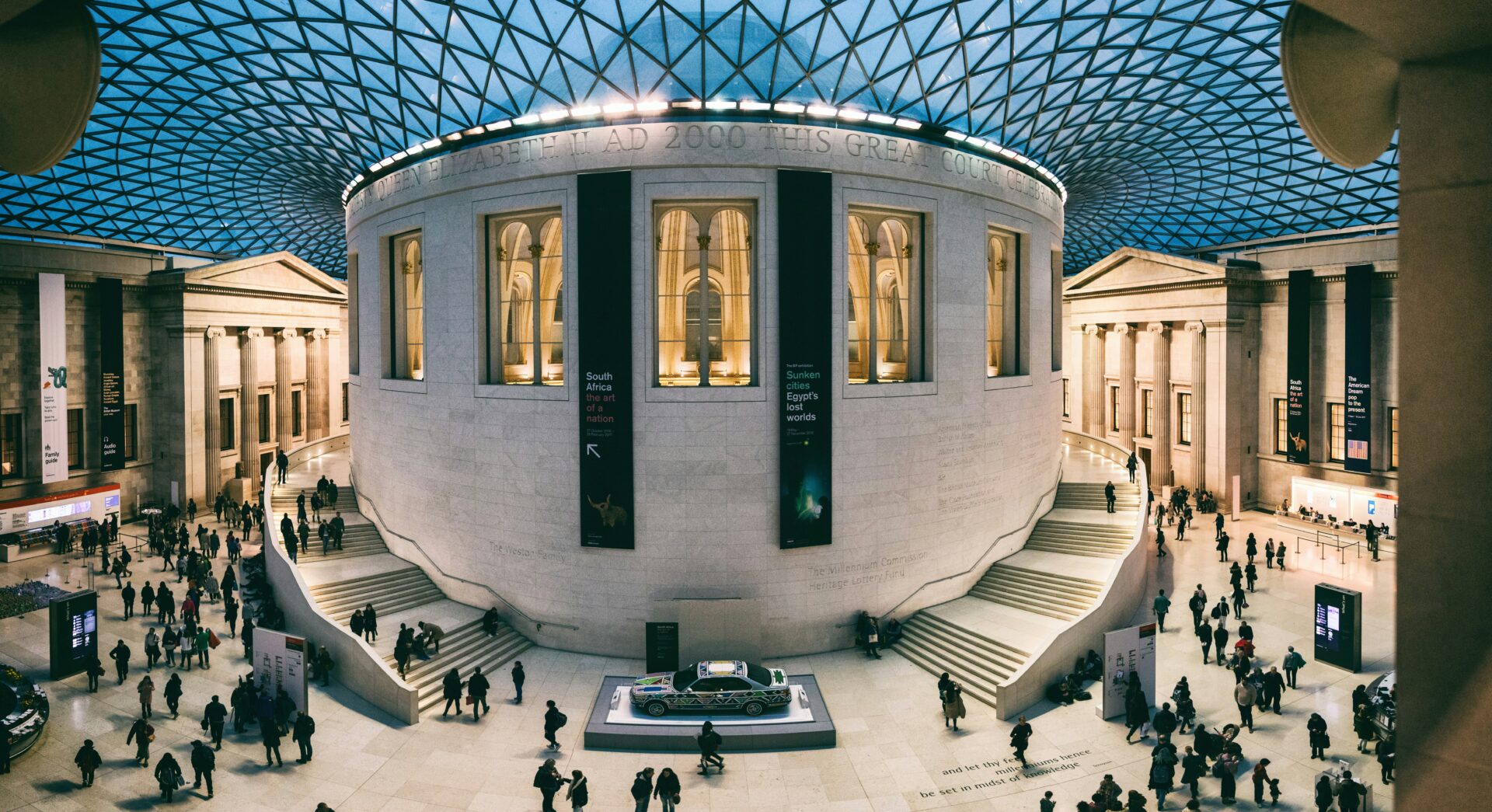
Unveiling Ancient Mysteries: The Rosetta Stone
Standing in front of the Rosetta Stone, I felt this weird mix of awe and curiosity. It’s wild—one slab of rock, but it helped unlock secrets that had been buried for thousands of years.
Decoding the Past
The first time I saw the Rosetta Stone, I couldn’t stop staring at the ancient scripts. Three scripts, all jammed onto a single stone: Greek, Demotic, and Egyptian hieroglyphs.
What really blew my mind was how scholars used these side-by-side scripts to finally crack the code of Egyptian hieroglyphs. Before this, nobody could read them for centuries.
Jean-François Champollion and others pored over these carvings, matching up Greek and Egyptian symbols for years. Suddenly, ancient Egypt wasn’t silent anymore. It’s hard not to get chills thinking about it.
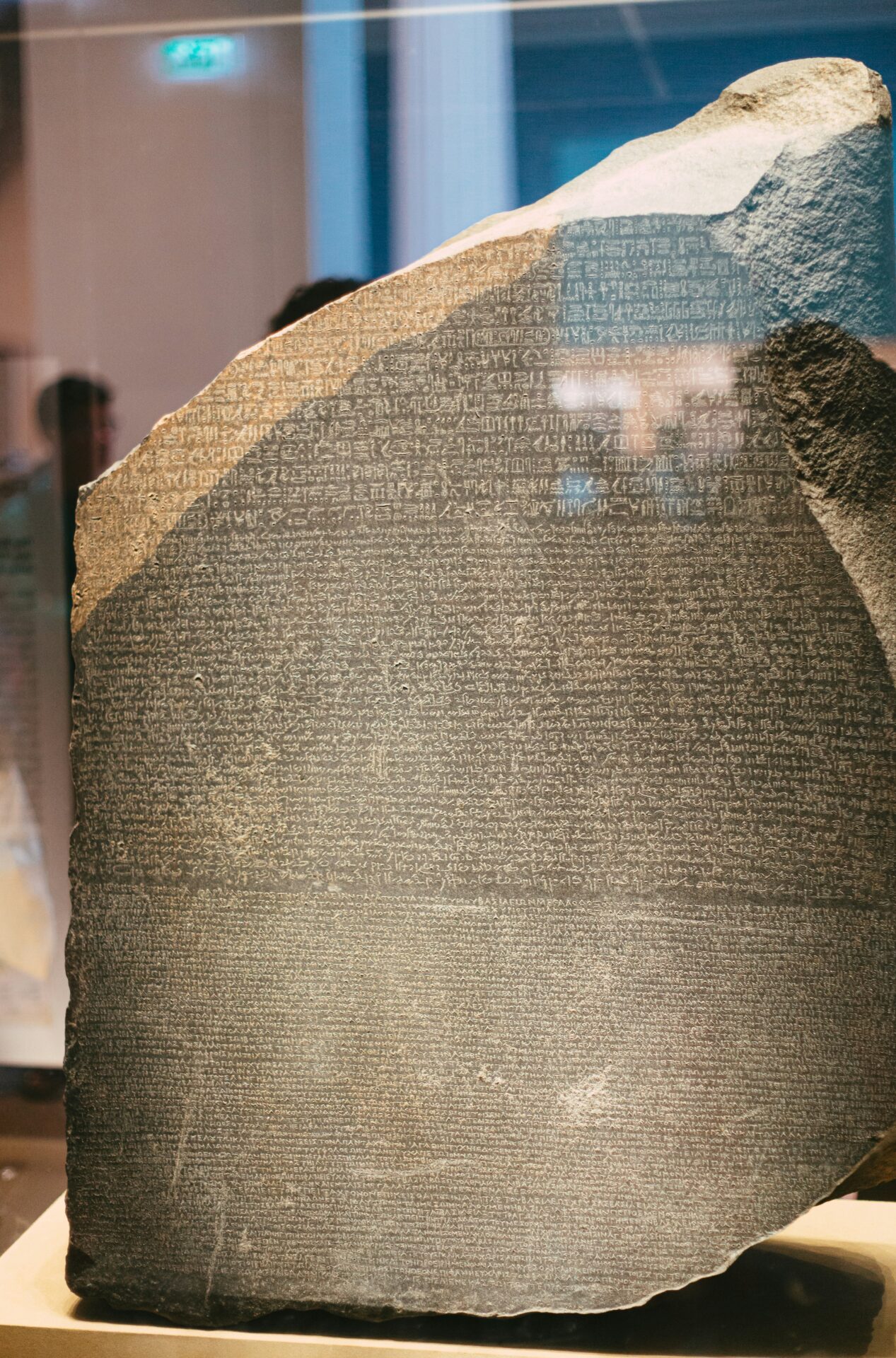
Revolutionizing Our Understanding of History
I never realized how much the Rosetta Stone changed everything until I saw it up close. Before 1799, ancient Egypt was basically a mystery—beautiful, but completely unreadable.
After its discovery, historians could finally read tombs, temples, and scrolls. Suddenly, they could tell if something was a royal decree or just a shopping list.
This stone made me see artifacts differently. They’re not just things to look at—they’re bridges to real people who lived ages ago. The excitement of actually understanding an ancient world? It really started right here.

Photography Tips at the Exhibit
The Rosetta Stone is always packed. When I tried to get a photo, I had to dodge elbows and selfie sticks.
- Go first thing in the morning or right before closing to beat the crowds.
- Zoom in on the scripts with your phone or camera.
- Watch out for glare on the glass—sometimes you have to step to the side.
Snap a pic of the info panel too. It’s handy for remembering details later. Oh, and flashes aren’t allowed, so tweak your camera for low light. Your photos won’t just be souvenirs—they’ll remind you of the mystery and history this stone still holds.

Symbols of Power and Ceremony: The Lewis Chessmen and Their Legacy
The Lewis Chessmen kind of took me by surprise. These little carved figures from the Middle Ages are packed with personality and history.
Origins and Discovery in Scotland
Someone found the Lewis Chessmen on the Isle of Lewis in Scotland back in 1831. There are stories about a local digging them up from a sandbank, and others say they were part of a hidden treasure stash.
Almost 90 pieces—kings, queens, bishops, knights, rooks, and pawns—were tucked away, forgotten for centuries.
They carved each one from walrus ivory or whale tooth. Most experts believe they came from Trondheim, Norway, which had close ties to Scotland in the 12th century. The detail on these pieces is just next-level.
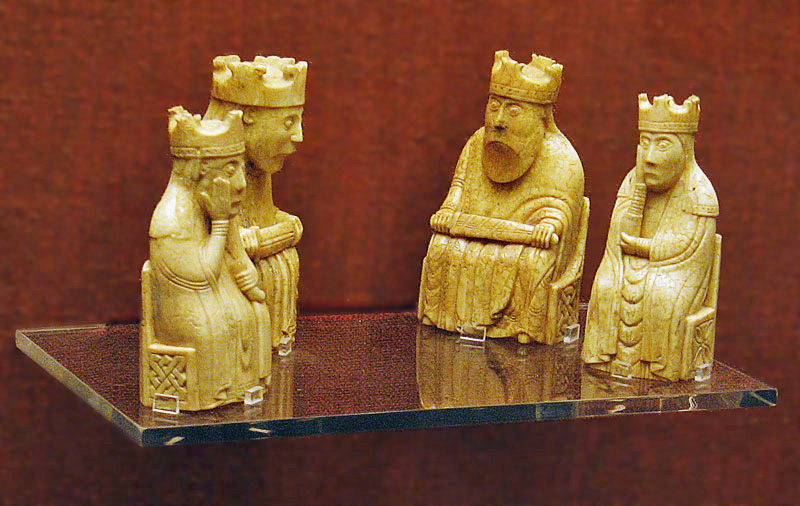
The Social Life of Medieval Europe
Looking at the chessmen, I started imagining who played with them. Back then, chess wasn’t just a game; it was a symbol of power and education. Only rich or noble families could afford sets like these.
These figures joined social gatherings, feasts, and maybe even strategy lessons. Their faces and armor say a lot about how much people valued art and social life back then.
Exploring Ancestry Through Artifacts
Standing there, I felt oddly connected to the chessmen’s original owners. These aren’t just museum pieces—they’re keys to our shared ancestry.
They hint at the connections between Scotland, Norway, and Ireland, all linked by trade and culture. Artifacts like these give us a peek into the ceremonies that brought communities together. I could almost feel the hands that carved them, still reaching out across time.
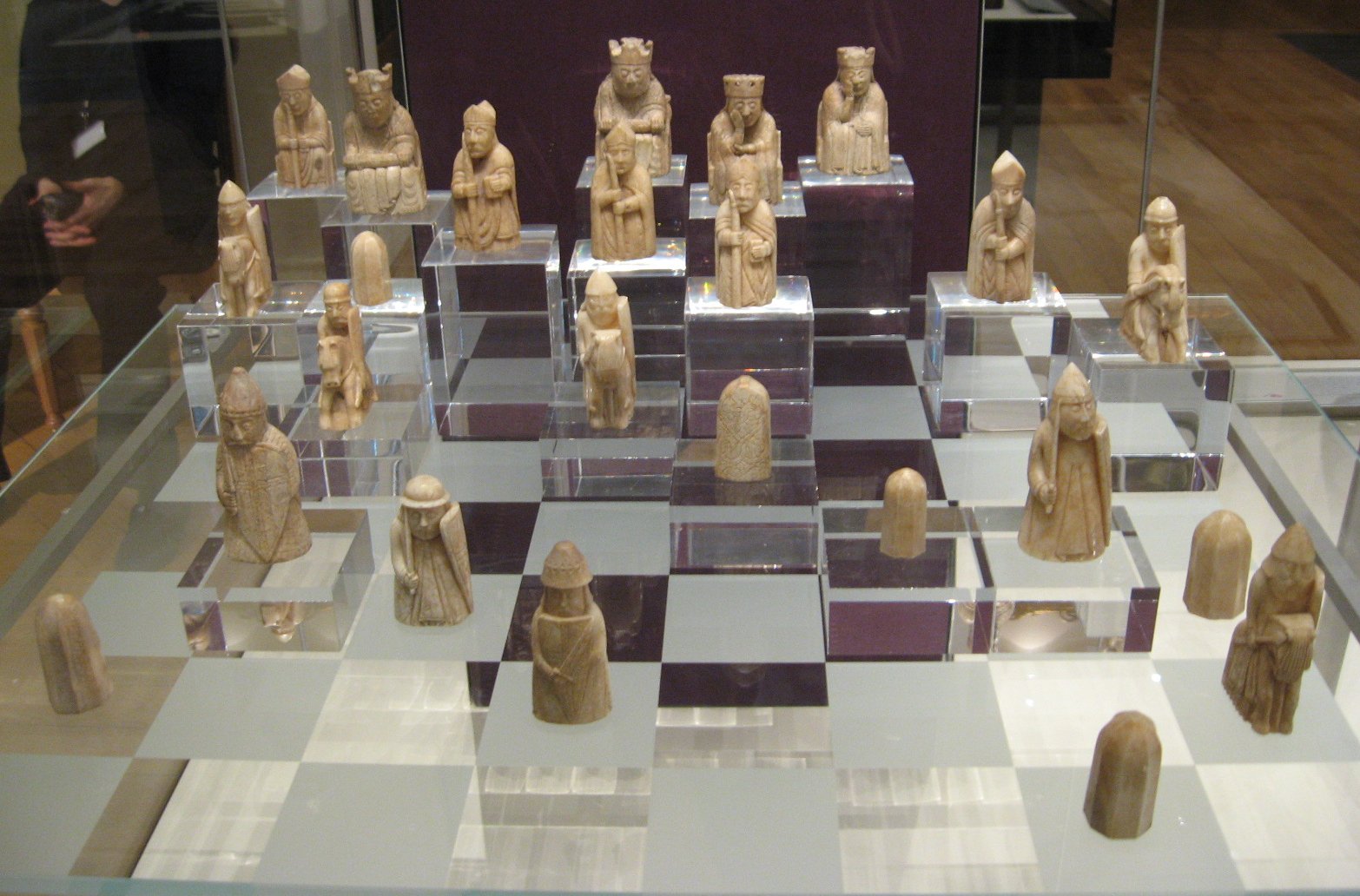
A Journey Into Mortality: The Sutton Hoo Helmet
The Sutton Hoo Helmet just draws you in. I found myself staring at it, feeling weirdly close to a world shaped by war, life, and the ever-present idea of death.
Warrior Traditions and Burial Rites
Archaeologists uncovered the helmet in a ship burial at Sutton Hoo, Suffolk, in 1939. This wasn’t just any helmet—it was a funerary treasure for a powerful warrior, maybe even a king.
Only four complete Anglo-Saxon helmets have survived in England. That makes this one incredibly rare.
Ship burials like Sutton Hoo’s were complex ceremonies. They’d fill a whole ship with treasures—armor, weapons, even objects from far-off lands—and bury it with the dead.
These graves weren’t just about farewells. They reflected a belief that the dead needed their best gear for whatever came next.
Seeing the helmet in person made me appreciate the effort families put into these send-offs. If you want to get up close with history’s big questions about war and mortality, this gallery is a must.
Quick Facts Table
| Date Found | 1939 |
| Material | Iron, Bronze, Tin, Garnet |
| Period | Early 7th Century |
| Location | Sutton Hoo, Suffolk, UK |
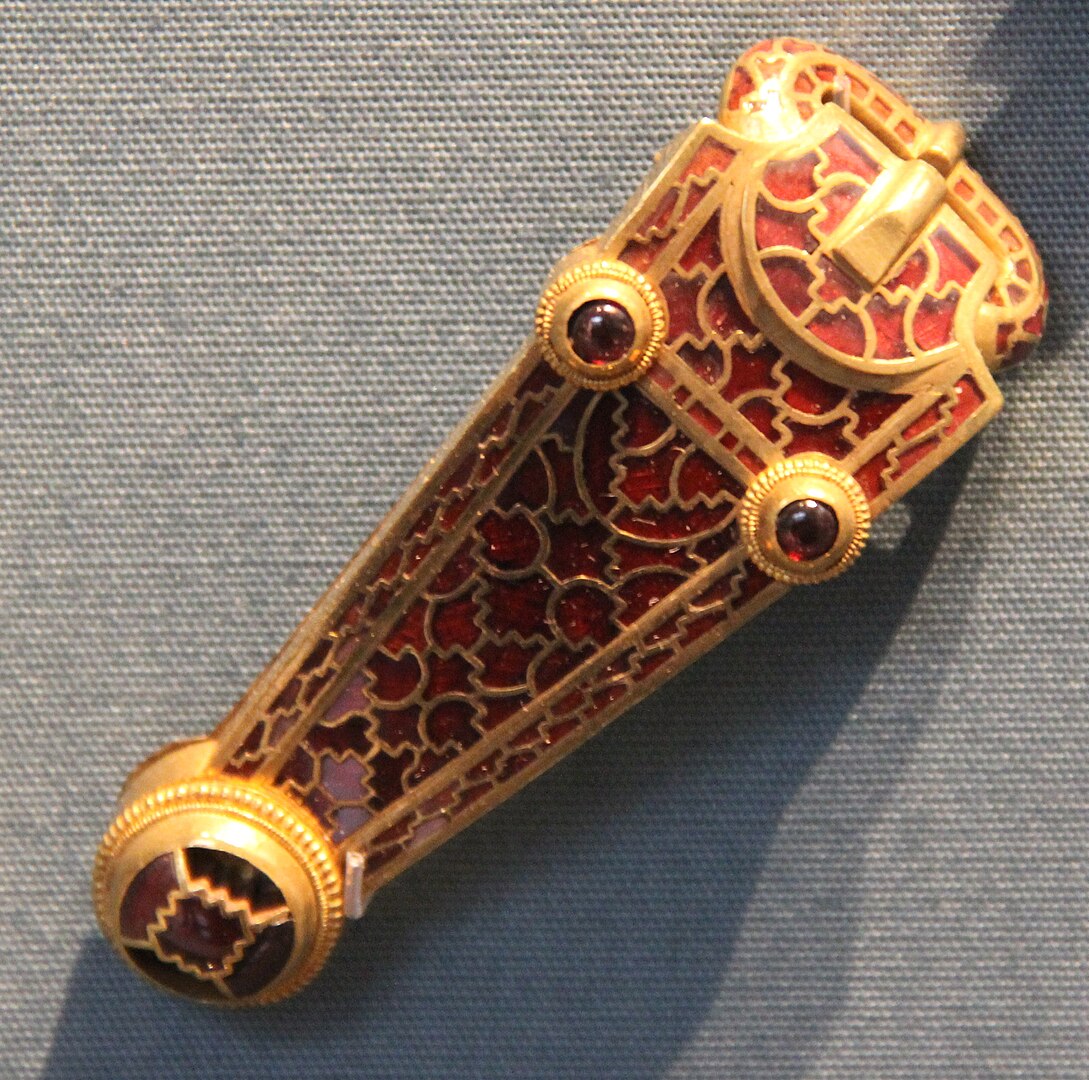
The Dragon Motif and Its Mystique
I couldn’t stop staring at the dragon-shaped crest on top. The helmet’s design weaves together dragons and other beasts—symbols that meant both danger and protection to early medieval warriors.
On this helmet, the dragon’s mouth guards the wearer’s forehead. It’s both a threat to enemies and a charm for safety.
There are warriors and horses too, echoing designs found on Danish artifacts from the same era. It’s fascinating how people used art as a kind of armor, believing these images might actually shield them in battle or help in the afterlife.
Every detail pulls you into the worries and hopes of people who lived with the constant threat of war.
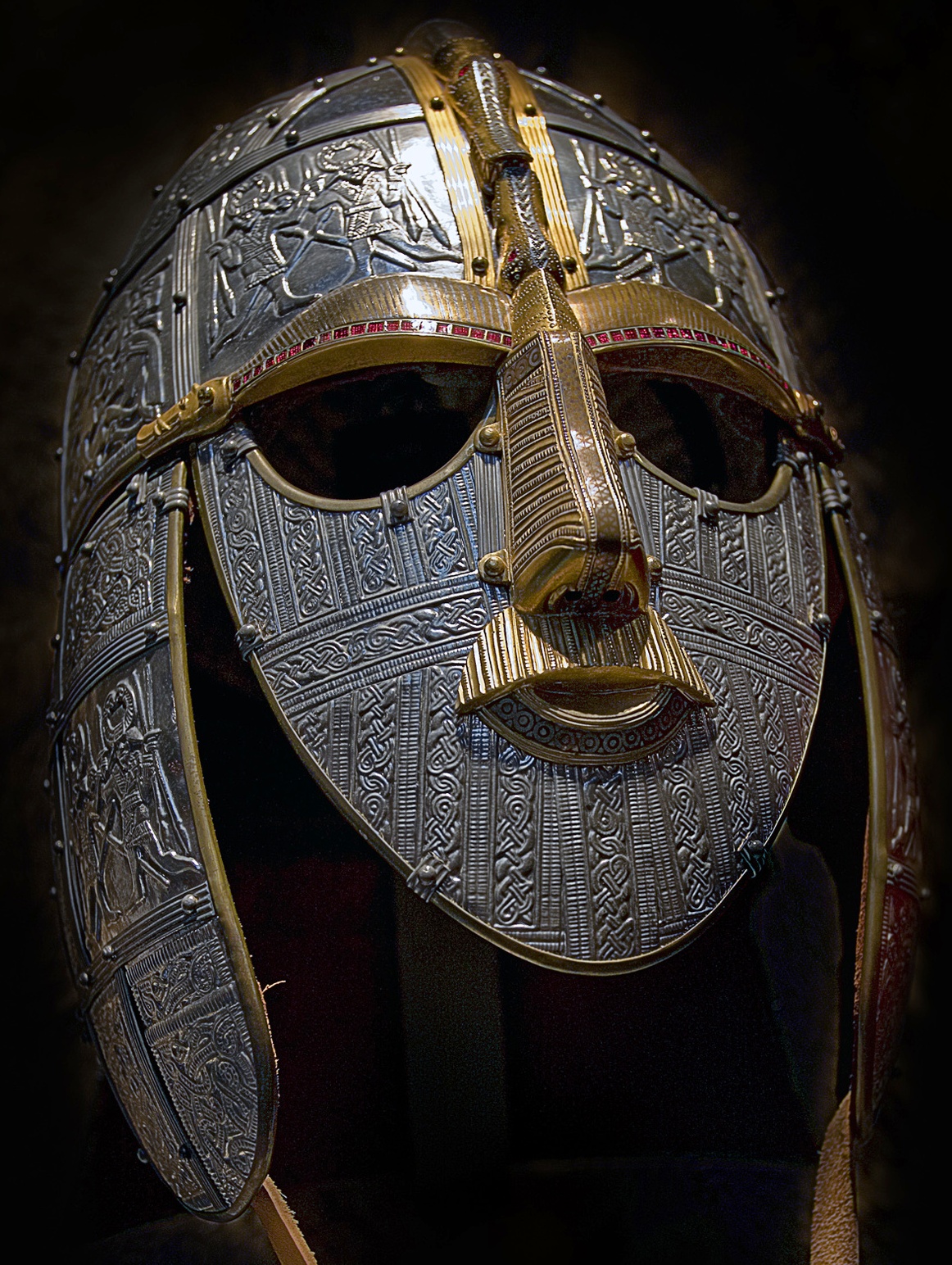
Women & Inspiration: The Influence of Virginia Woolf and Female Perspectives
Every room at the British Museum tells a story, but honestly, some of the most powerful come from women’s voices. Learning how people like Virginia Woolf used art and everyday objects made me see each artifact differently.
Literature at the Museum
Surrounded by ancient relics, I kept thinking about Woolf’s idea that women need “a room of one’s own.” Her essays connect spaces and objects to women’s ability to create and imagine.
The British Museum’s displays of letters, manuscripts, and rare books highlight how closely literature and artifacts are tied together.
Seeing Jane Austen’s writing desk, for example, made me realize how small personal items can shape massive literary traditions. Museums aren’t just about the past—they’re about voices and stories, especially those from women who often went unheard.
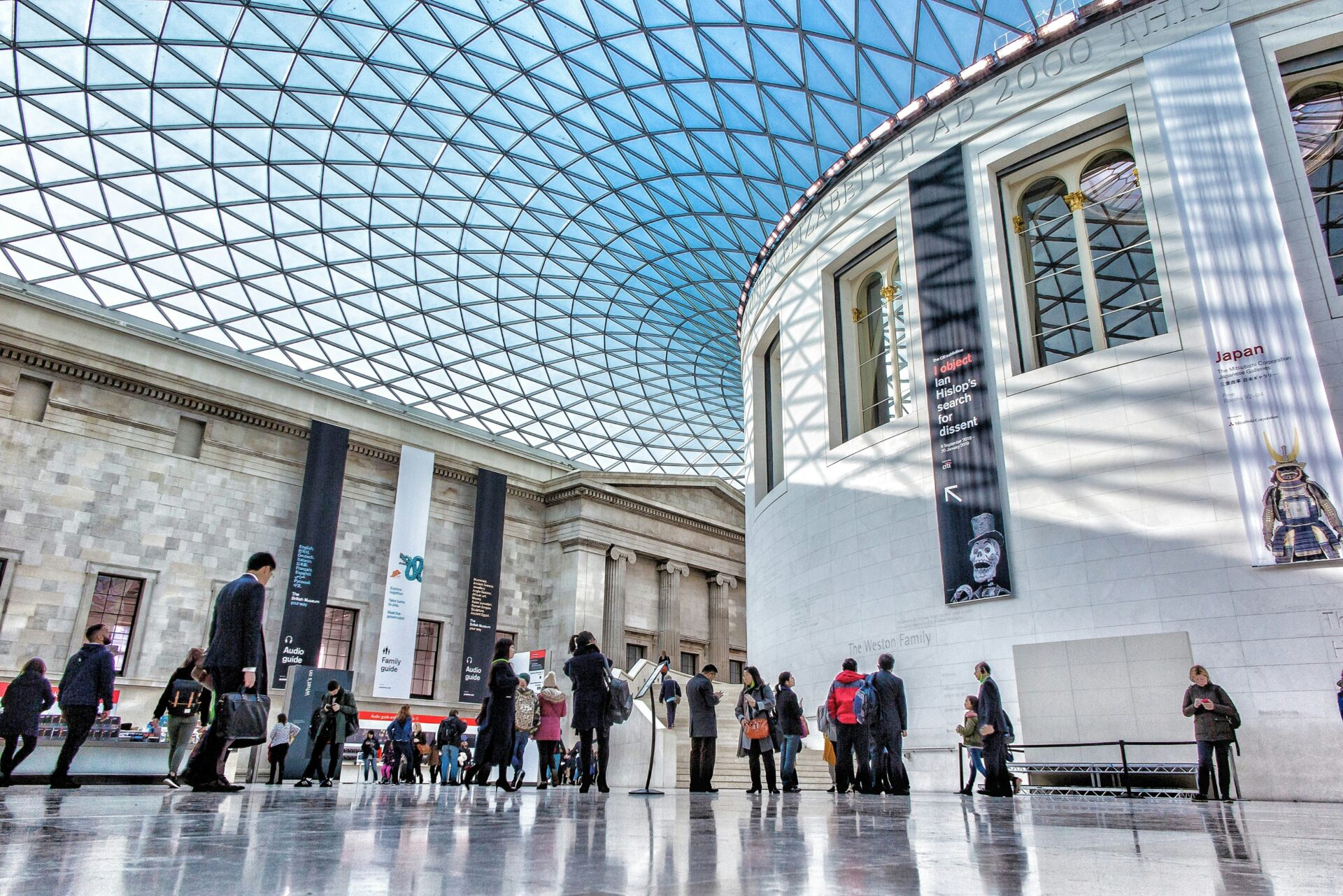
Art, Mental Health, and Women Writers
Walking through the galleries, I noticed how art can be a kind of therapy. Woolf wrote openly about her struggles with mental health, and portraits of women writers made me think about creativity as a way to heal.
Society misunderstood mental illness in Woolf’s time. Still, many women writers used art and literature to express pain, hope, and change.
The emotional weight in their diaries and self-portraits reminded me these objects are more than just beautiful—they’re windows into real lives.

Flowers, Aura, and Symbolism
I wandered into displays of Victorian jewelry and flower-adorned artifacts. Woolf often wrote about flowers—symbols of life, fragility, and possibility.
Looking at pressed flower collections and delicate ceramics, I started to understand how objects gain an “aura.” They carry memories and feelings.
Flowers show up in women’s writing as signs of freedom and confinement. They tell stories about beauty, but also about expectations. Every floral detail in the museum felt charged with history, inviting us to look a little deeper.
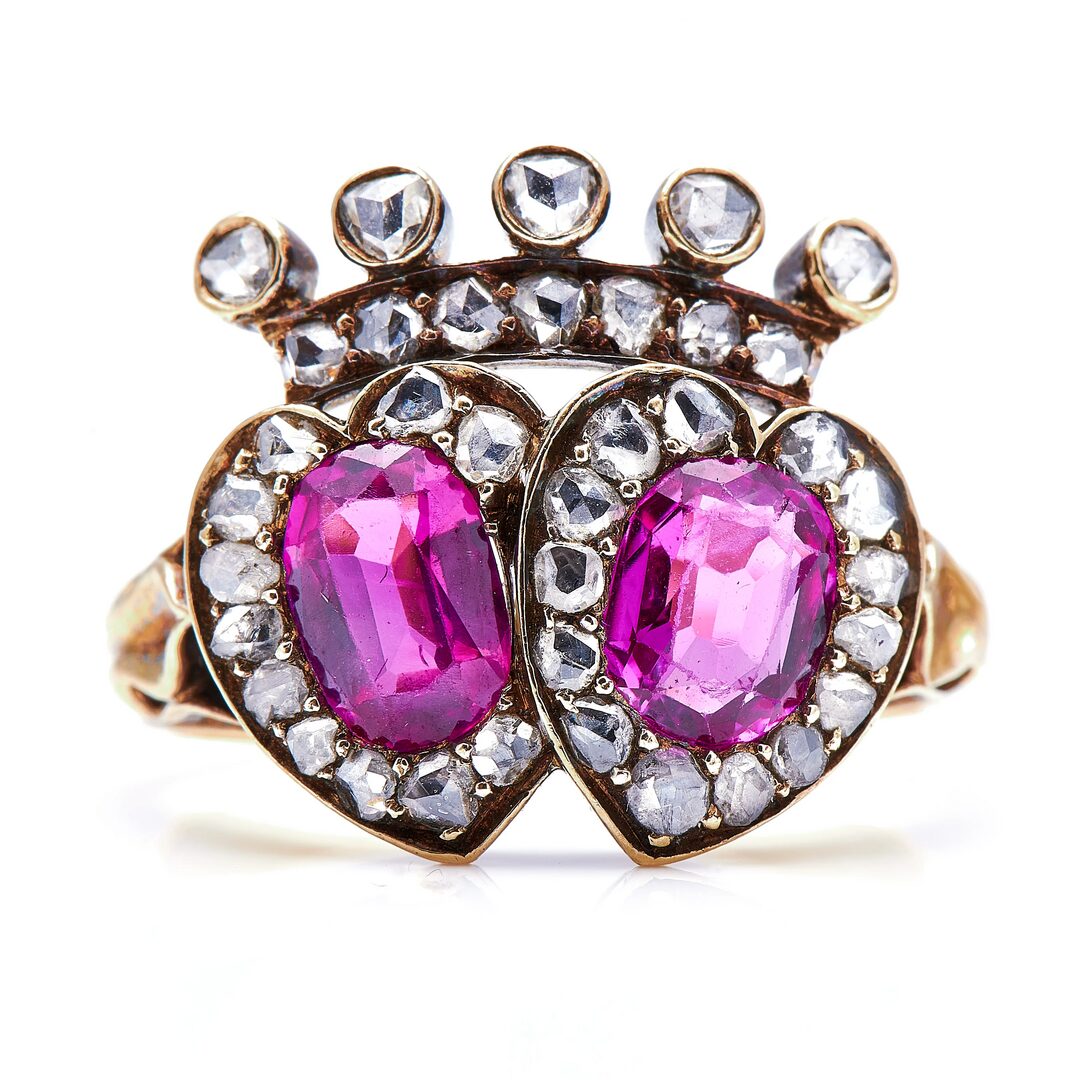
Spirituality and Initiation: The Tara Brooch and Sacred Artifacts
The Tara Brooch caught my attention right away. It’s not just beautiful—it’s packed with stories of faith, community, and ritual in medieval Ireland.
Celtic Masterpieces and Irish Heritage
Made in Ireland in the late 7th or early 8th century, the Tara Brooch is one of the best examples of Celtic metalwork. Its silver, gold, and glass details just radiate Irish pride.
This brooch isn’t just for show. Every pattern and symbol reflects deep spiritual traditions of the Celts.
People once thought it came from the Hill of Tara, legendary seat of Irish High Kings. That’s mostly a 19th-century marketing myth, but the name “Tara” still carries weight.
Standing in front of it, I felt connected to old Irish myths and the idea that objects could hold magic or divine protection.
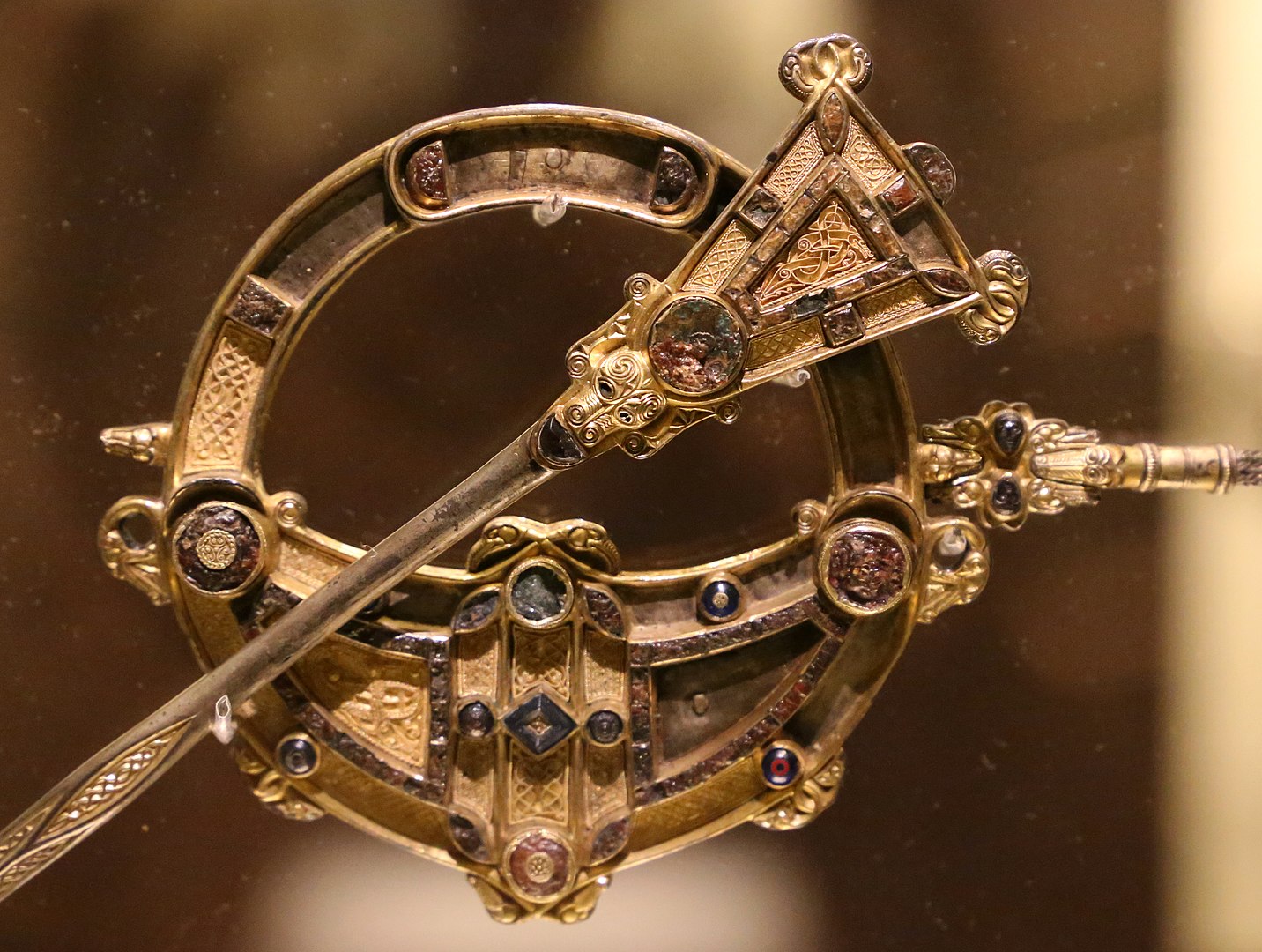
Initiation, Ceremony, and Social Roles
I could picture the Tara Brooch as more than just a fancy cloak pin. In early medieval Ireland, pieces like this played a role in initiation and special ceremonies.
Chieftains or priests probably wore brooches to show their status and spiritual authority.
The detailed decorations—animals, knotwork, hidden symbols—hint at meanings only the initiated understood. Wearing it might have marked someone as a leader or a member of a sacred group.
In that quiet gallery, I imagined gatherings at Tara, where handmade art was as important as any spoken prayer. Objects like this didn’t just look good; they helped connect whole communities and marked out the big moments in Irish life.

Practical Travel Tips for Exploring the British Museum’s Icons
Checking out the British Museum’s most famous artifacts? It’s exciting, sure, but honestly, it can get a bit overwhelming. A bit of planning goes a long way—especially for first-timers like me.
Navigating Early Mornings and Crowds
Whenever I step into a popular museum, I notice crowds drain my energy fast. It’s tough to get up close to the best pieces if you’re surrounded by people.
I’ve found that arriving right at opening time works best. Early mornings, especially on weekdays, usually feel calmer. You’ll get a chance to see icons like the Rosetta Stone or the Elgin Marbles without having to elbow your way through.
Can’t make it early? Late afternoons sometimes quiet down, too. I recommend checking the museum’s website for late-night openings or quieter hours—they post updates pretty often.
Planning your route in advance helps a lot. I jot down my top five must-see artifacts and head straight for them. After that, I wander back to see anything else that catches my eye.
I always pack a light snack and a refillable water bottle, since the food court gets packed during lunch. Comfortable shoes are non-negotiable—the place is massive, and you’ll rack up steps before you know it.

Digital Resources, Ebooks, and Downloading
Before I head out, I usually grab the British Museum’s app or download a digital map. It saves me time when I’m searching for specific artifacts.
The British Museum Guidebook comes as an ebook, which I like to skim on the Tube or while waiting in line. If you’d rather not use your phone much during your visit, you can save most of the info offline.
Downloading exhibit highlights helps, especially since the old building sometimes blocks signal. I think the audio guides in the digital resources are pretty handy—they’ll point out details I’d probably miss otherwise.
If you want to skip official tours, these ebooks and digital tools make self-guided visits a breeze. I always toss a portable charger in my bag, just in case my phone battery can’t keep up with all the photos and audio.
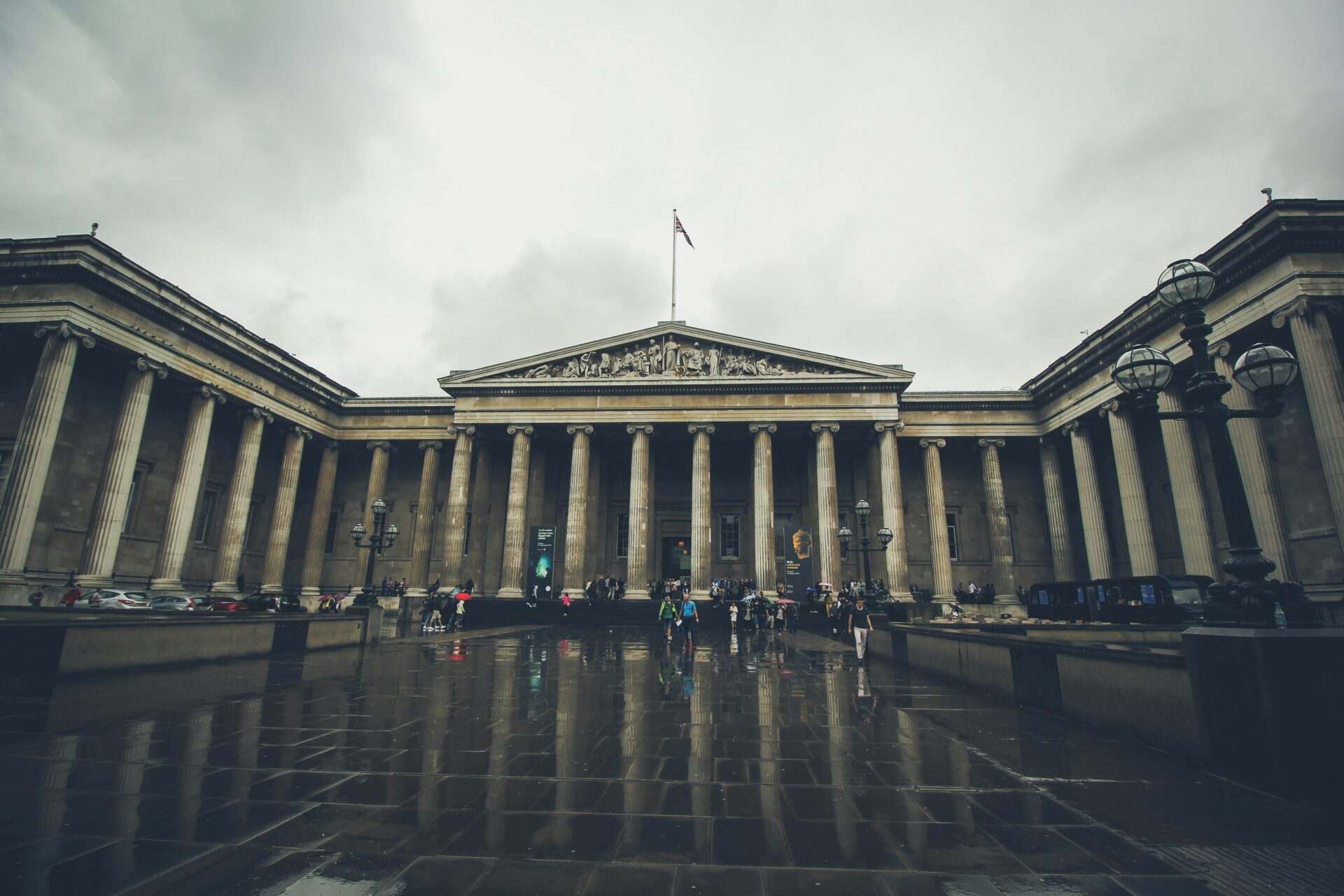
Making the Most of Your Visit
Honestly, I used to think I could see everything in just one day. That never worked out—I just ended up exhausted.
Now, I pick a few exhibits that really interest me, like the Egyptian mummies or maybe the Lewis Chessmen. I also make sure to schedule little breaks so I don’t burn out halfway through.
If you’re with a bigger group or family, it helps to agree on a meetup spot. The central court’s glass roof is a classic choice, and it’s easy to find.
Museum staff always seem happy to help out or point you toward the main attractions. I’ve asked for directions more times than I can count.
Pacing yourself matters more than you’d think. I try to slow down and actually look at what’s in front of me.
When I start to feel tired, I’ll grab a coffee or just find a quiet bench. Taking a moment like that really lets me enjoy the visit instead of rushing through.


